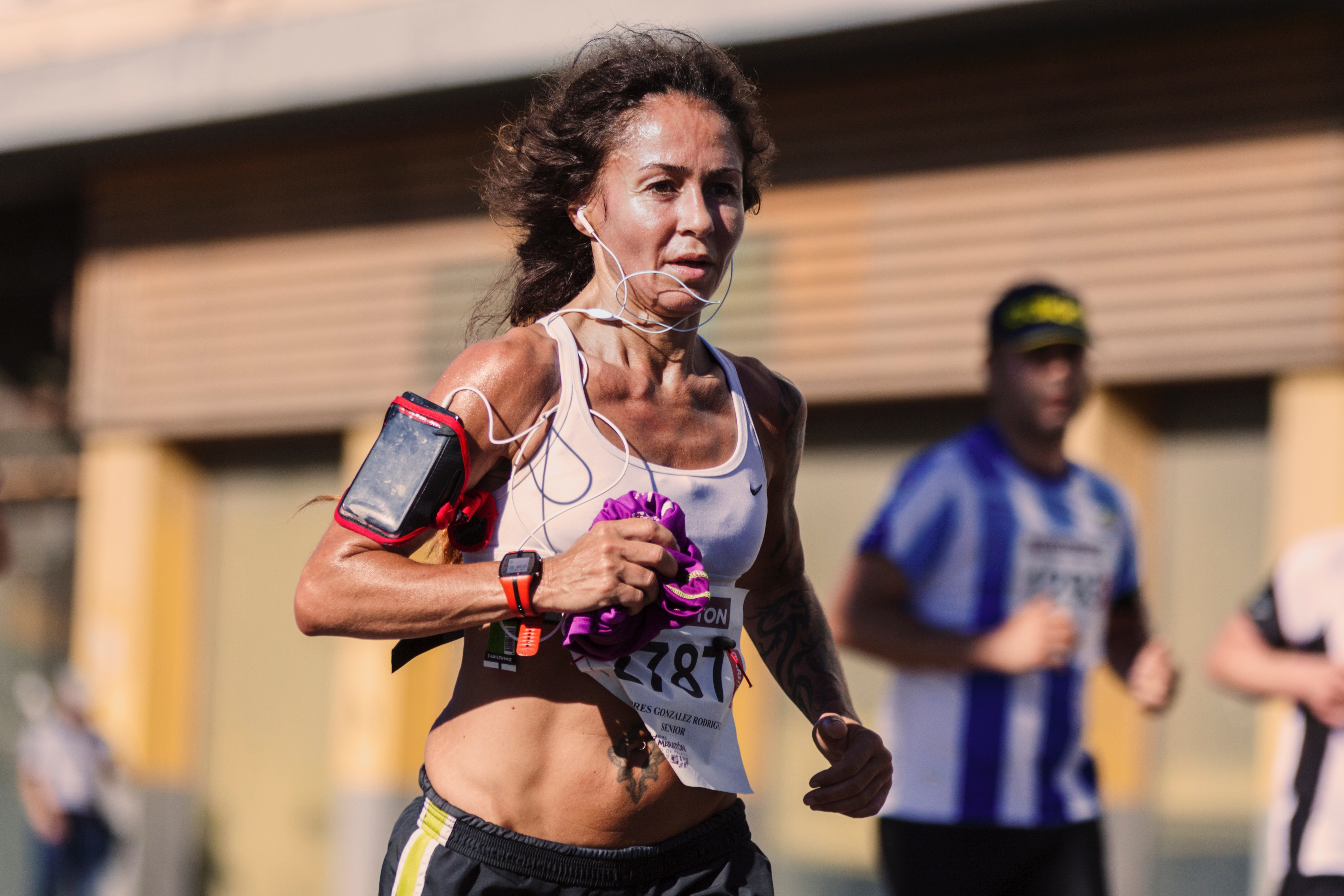
The gender approach in NESTORE: physical coaching
Differences between sexes in body composition are well known: males typically have proportionately more muscle mass, more bone mass, and a lower percentage of body fat than women. But is that all? And how this influences NESTORE's recommendations for physical activities? Our Italian partner CNR answers.
What is less commonly recognized is that there are structural/morphological differences that can have significant impact on physiological responses to exercise. For example, men have larger lungs and greater lung diffusion capacity than women, even when these values are normalized to height. Similarly, men have significantly greater left ventricular mass and chamber size than women, so that the maximal stroke volume and cardiac output are higher in men than in women. These differences lead to a more limited maximal exercise capacity in women, compared to men at any age.
To date, recommended levels of physical activity in most countries are the same for male and female adults. Thus, the total amount of physical activity suggested by NESTORE coaching guidelines will not be different between male and female users. However, NESTORE physical activity guidelines consider the amount of time spent in being physical active during the day (e.g. walking, climbing stairs, etc.). Since females are less physically active than males in everyday life, this approach will force NESTORE in considering different physical activity behaviours between male and female users.
Read more:


